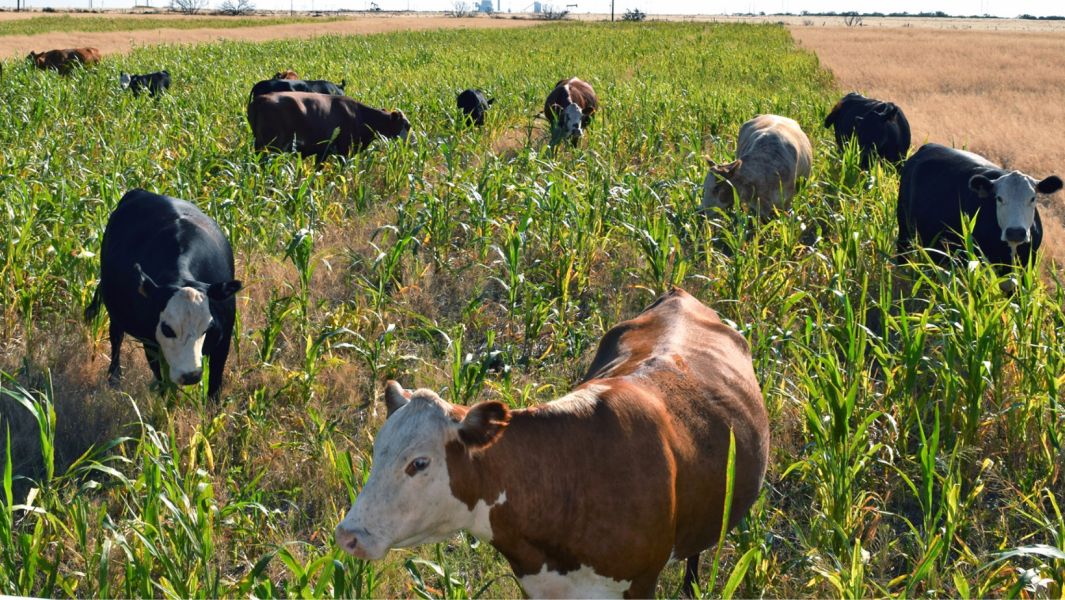
Rising input costs will force some grain producers to look at diversifying their operations by introducing livestock. Integrating livestock into a grain business can add value to lower potential farmlands and improve overall cash flow.
During the fifth session of Nation in Conversation on Thursday, 19 May 2022, Theo Voster and a panel of livestock specialists took to the stage to discuss the challenges, rewards and practical planning involved in this kind of diversification.
The panel consisted of: Dr Faffa Malan (Virtual Veterinarian, Landbou.com), Gerrit van Zyl (Hanzyl Bonsmaras), Cobus van Coller (Libanon Farm, Viljoenskroon) and Dewald Olivier (SA Feedlot).
In considering diversifying your farming activities, Van Zyl warns that you should not be a grain producer with cattle on the side. Instead, you should also be a focused cattle farmer who makes this segment a specific farming operation with its own profit centre.
This view was echoed by Olivier who is of the opinion that farming is not just farming anymore, but rather business and as such producers can’t have add-ons for the sake of having them. Cattle, according to Olivier is not a side-line, it requires full-time attention.
Ask about his view on diversification, Dr Malan says that the golden thread remains that all farmers are in the business of food security and therefore the ultimate goal is to produce safe food whilst being profitable. He highlights the fact that disease control, within the process of diversification, is of utmost importance. In light of this, his advice is to always follow the principle of the three f’s: farm gate (make sure you know what enters your farm), fences (make sure you manage livestock movement) and foresight (use logic in making decisions).
According to Olivier, there are multiple opportunities within the red meat sector because whatever the country produces, it consumes.
He also says that if producers increase their cattle herds and calves, especially those that go into feedlots by 200 000 over a period up until 2030, the country could add an additional R8,4bn in cattle exports and a further R12,4bn if you include sheep, to the bottom line of the livestock industry.
In answering the question of how to go about the diversification process, the panellists agreed on the following aspects.
In his opinion, Dr Malan says that every livestock producer should take ownership of the national herd and as such step to the fore as champions of sustainability. He adds that a particular focus should also be placed on a small scale and communal farmers to empower them to champion biosecurity. The latter can be done via training and engagement with organised agricultural bodies.
Buy, Sell & Trade Agricultural & Heavy Equipment
Our Facebook Groups
© 2021 All Rights Reserved. AgriOnline Pty Ltd View Our Policies HERE